Meet Michael
Madera, California, September 2019
Madera and Fresno County farmer Michael Naito is looking forward to a glass of wine on Sunday. Midway through his 2019 grape harvest, he and his crew will take a much-needed day off and rest up to complete the job. He’ll hang out with his dog named Dog and his cat named Cat. He might catch a glimpse of the two coyotes who regularly visit his fields, or get a head start on his lesson plan for the chemistry lab he teaches at the local community college.
Farmers rarely take vacation days; there’s constant planning and upkeep, troubleshooting and adapting. Crops – including the grapes, almonds, and pistachios Michael grows – are demanding bosses. But on a certain fall weekend, Michael’s taking a little time to recharge.
This season, that’s not the only replenishment on Michael’s mind. He’s also thinking about refilling California’s underground water stores with the help of winter and spring rains. Drought is a familiar specter in our Golden State – especially in the San Joaquin Valley, the agricultural hub of the nation. Wet years provide an opportunity to alleviate worries over water scarcity; by making deposits to our water savings account – our aquifers – when we can, farms and communities are able to make withdrawals to weather the next dry period.
It’s not “if” another parched stretch afflicts California, but “when.” Devastatingly dry periods will continue to trade off with years of overwhelming storms. Michael is part of the farming vanguard working with the increasingly dramatic swings of our weather pendulum to shore up a reliable water supply for all Californians.
“I’m doing my work for dry years in the years the storms come. Change is hard, but – in the California spirit – we have to be willing to try something a little different, to do our part.”
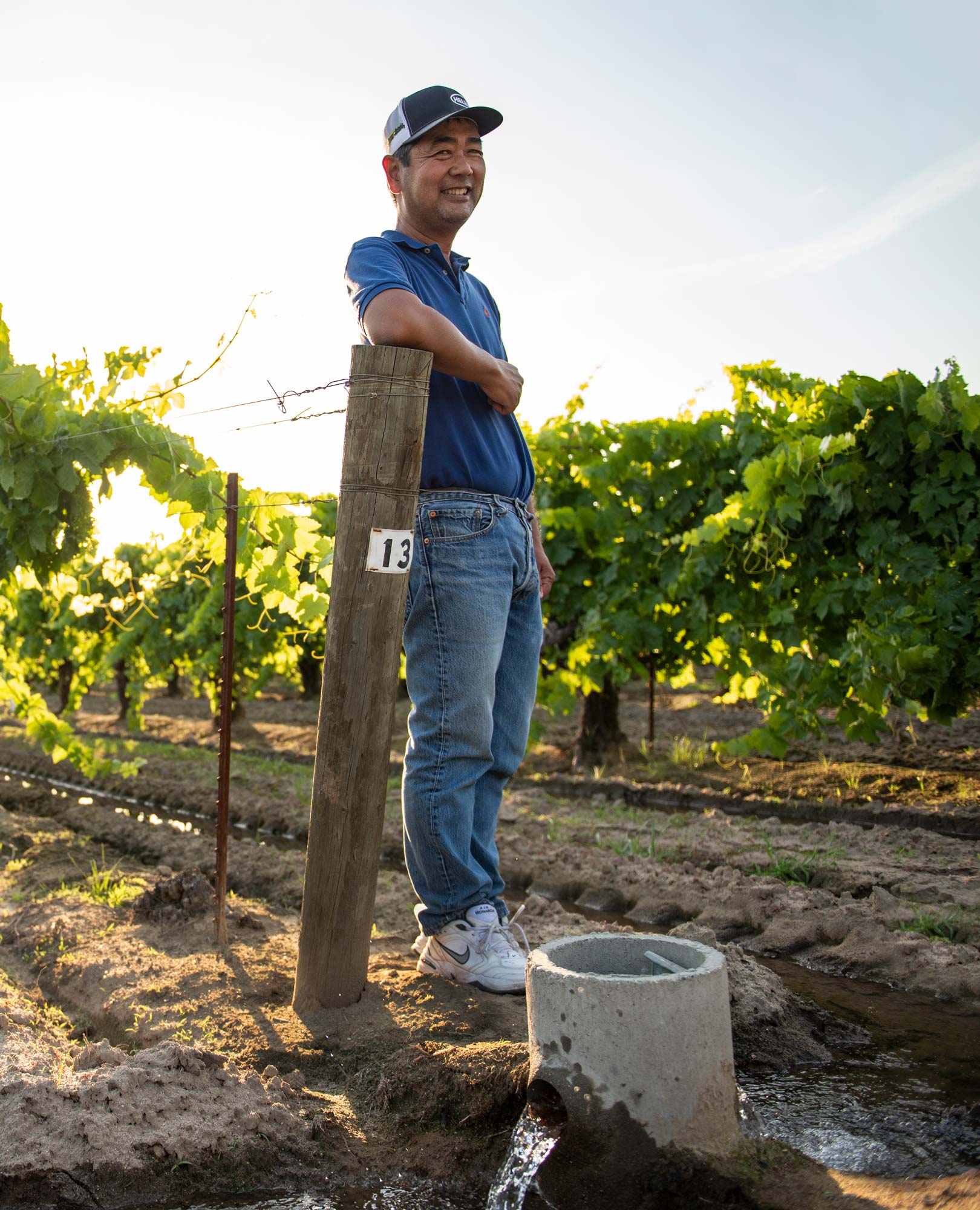
San Joaquin Valley son: third-generation farmer Michael Naito follows in the footsteps of his father - and grandfather, who immigrated to California from Japan.
When rain is plentiful, Michael opens a delivery gate on the irrigation canal that abuts his vineyard; the diverted floodwater flows between the rows of vines, pools in the furrows, and seeps down to refill the groundwater basin underneath his land. By design, percolation happens quickly as soil on this part of the farm has great drainage; Michael calls it “beach sand.”
Sustainable Conservation is proud to partner with farmers like Michael, and water managers in regions with acutely depleted aquifers, to help meet our Golden State’s water needs now and in the future.
As it turns out, caring for this precious subterranean stash is in Michael’s DNA.
“What was old is new again”
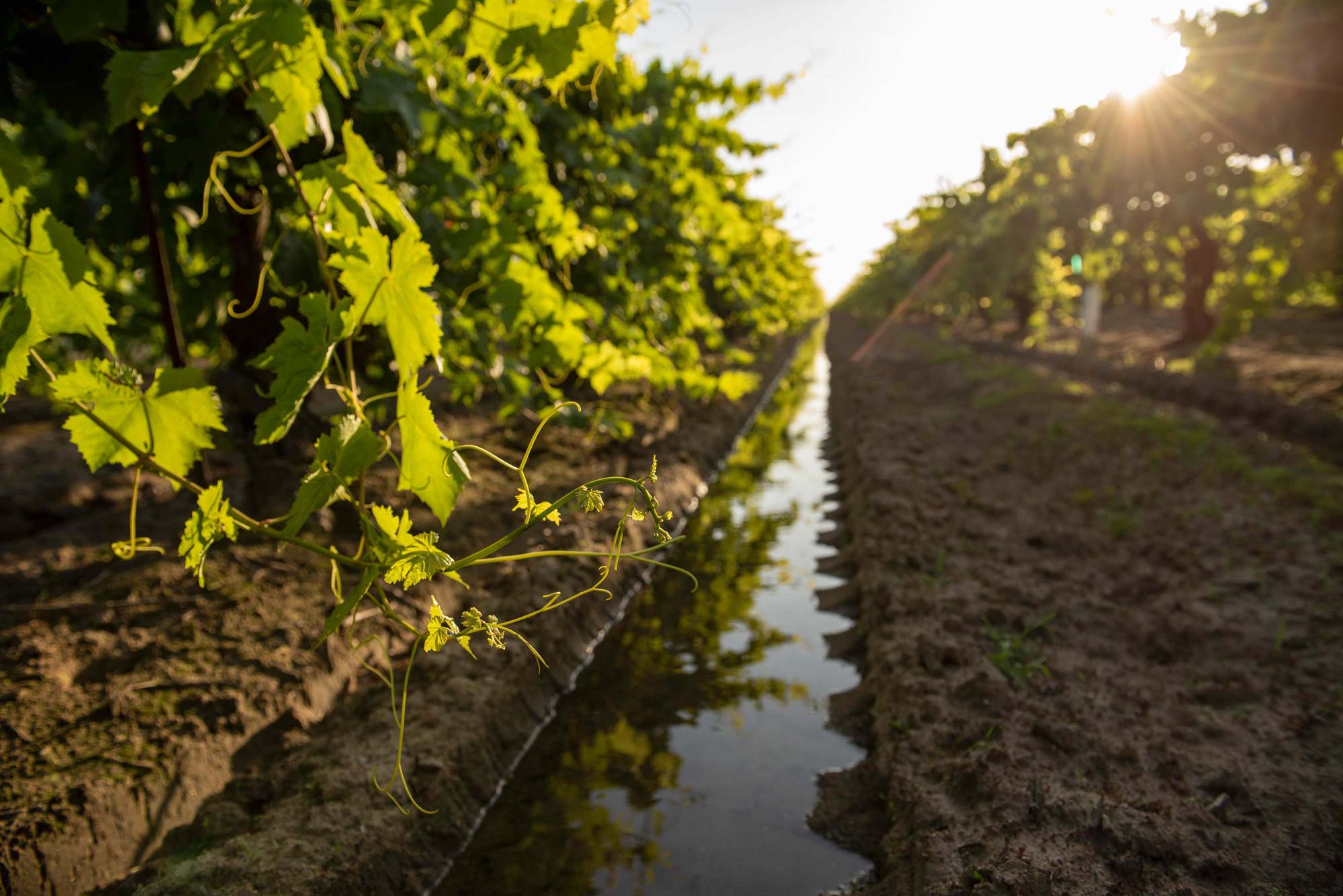
Early morning on the Naito farm: standing water percolates down quickly through sandy soil to nourish the vineyard - and replenish the aquifer below. The vines pictured were planted by horse-drawn plow in the 1920s.
Michael’s grandfather, Eisaku Naito, emigrated from Japan to the U.S. in the 1920s – back when cropland, including the vineyard Michael farms to this day, was planted by horse-drawn plow. Eisaku settled in Madera, smack dab in the middle of California, and set down San Joaquin Valley farming roots for three generations to date.
Throughout the Naito (pronounced NYE-toh) family tenure in Madera County, Michael has watched the area change a lot.
The crops, and how people irrigate them, have changed. Vegetables, stone fruit, and cotton have been replaced by almonds, pistachios, and tomatoes. Flood irrigation has been replaced largely by micro sprinklers and drip lines that more precisely target water and fertilizer to growing plants.
The sources and predictability of California water have changed. Our changing climate means less of our water will come from Sierra Nevada snowpack, and more from rain via explosive storms. As our snowpack storage dwindles, capturing precipitation within our aquifers will be crucial to keeping us afloat during dry times.
The way California manages groundwater has changed – meaning it is now regulated through the Sustainable Groundwater Management Act (SGMA) of 2014.
The need for adaptation, and the stakes for getting our next water move right, are high. California grows over 400 different crops, some of which can’t be cultivated anywhere else in the world. Shrinking water resources also impact communities who rely on aquifers for their drinking water, and fish and wildlife who rely on water flowing dependably in rivers and streams.
One solution for our Golden State’s water future builds on the wisdom of past farming generations. Growing up, Michael’s mentors flood-irrigated their fields. While it wasn’t the most efficient hydration practice, it did allow for water to pass down regularly into the aquifer.
“There was a lot of wisdom of people in the old days because they knew there was a certain amount of recharge they were always doing. It’s funny, if you said 10 years ago that we’d be revisiting this practice… I wouldn’t have believed it. We’ve come full circle by now modifying what folks like my dad and uncle did for today’s water reality.”
For Michael and his peers, those ancestral realizations are playing out in a big way. He’s planning for tomorrow’s water needs with knowledge gleaned from yesterday’s farming practices, and Valley landscapes that once facilitated natural groundwater replenishment. After all, the area used to be a patchwork of natural floodplains – and soaking fields when water is plentiful recreates those beneficial zones that help protect towns from flooding.
All told, groundwater recharge efforts could replenish up to 1/3 of the San Joaquin Valley’s average annual groundwater overdraft – making up for a history of taking out more than we’re putting back in. By 2025, Sustainable Conservation is committed to helping reverse the decline in California’s groundwater and rebuilding these reserves for the first time since 1960.
“Everyone doing a little something”
If Michael wasn’t a farmer, he’d be a researcher. His mind is alive with scientific facts; talking with him is a botany, chemistry, and natural history lesson all rolled into one. (Pro tip if you ever have the good fortune of meeting him: ask him about the origin and life cycle of pistachio trees in California.)
Learning about, and practicing, on-farm groundwater replenishment flexes his biochemist’s brain. As a lifelong educator, he loves the community of farmers and water managers who are trading stories of their experiences, and building a support network for more mainstream adoption of the practice.
At meetings tied to implementation of California's Sustainable Groundwater Management Act, Michael notes, “Everyone’s observations aren’t always the same – and that’s a good thing. People see things differently and connecting those perspectives creates stronger water solutions.”
Sustainable Conservation couldn’t agree more. As a result of our projects and outreach powered by our supporters, many California farming leaders are marrying their influential voices to promote groundwater recharge as a strategy to protect and enhance local aquifers. These include the Almond Board of California, whose nearly 7,000 growers oversee a half-million acres of land suitable for recharge, and major San Joaquin Valley irrigation districts that service millions of acres of recharge-ready farmland. (We’re connected to Michael through our partnership with the Madera Irrigation District.) Sustainable Conservation has also been tapped by state agencies, including the California Department of Water Resources, to help clear the path for more groundwater replenishment projects.
From leading the testing of groundwater recharge on Golden State farms, to informing official state policy that embraces this practice, we’re thrilled to help guide evaluation and adoption of a strategy truly in the best interest of all Californians.
As Michael puts it, change starts with, “Everyone doing a little something.” On-farm efforts to replenish groundwater can come in all shapes and sizes; not every farmer has to undertake a large-scale project. It’s the adding up that matters.
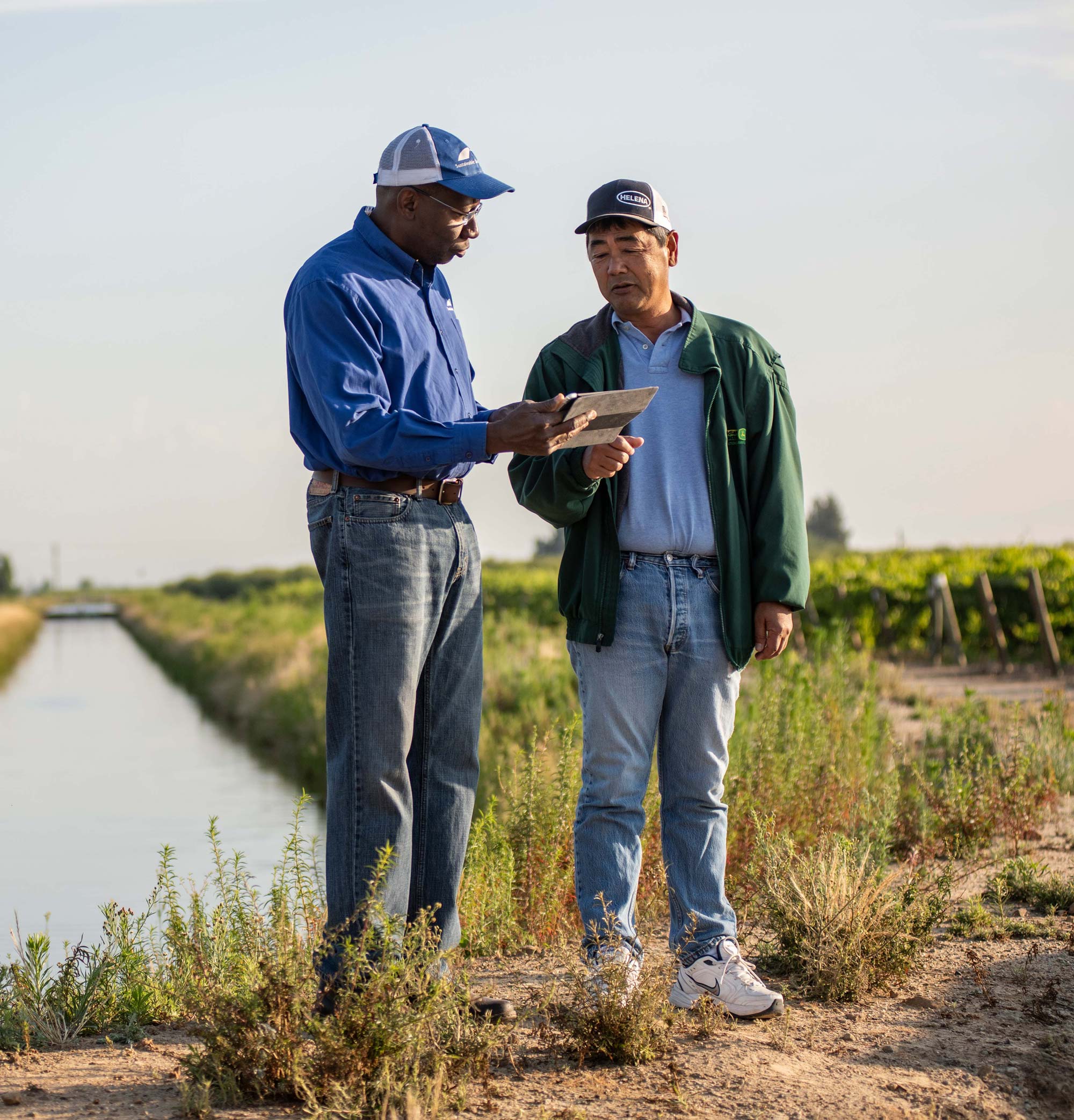
Tech-savvy duo: Sustainable Conservation Senior Agronomist Ladi Asgill and Madera County farmer Michael Naito talk crop shop along Michael's irrigation canal.
To help more folks realize that, Michael says language is important. “Call it ‘deep irrigation’ so you don’t scare people off,” he jokes of persuading his farming buddies to give the practice a try.
“It’s helpful to pitch on-farm recharge as not that big of a leap. You’re just picking up the thread of what people used to do a generation ago, when winter rains gave farmers a break from the historically hard work of irrigating.”
By taking a break during peak harvest, Michael and his crew model what California’s underground water stores need sorely too: recharge. It’s a lesson our Golden State needs to take to heart – and soon.
Climate-smart preparations
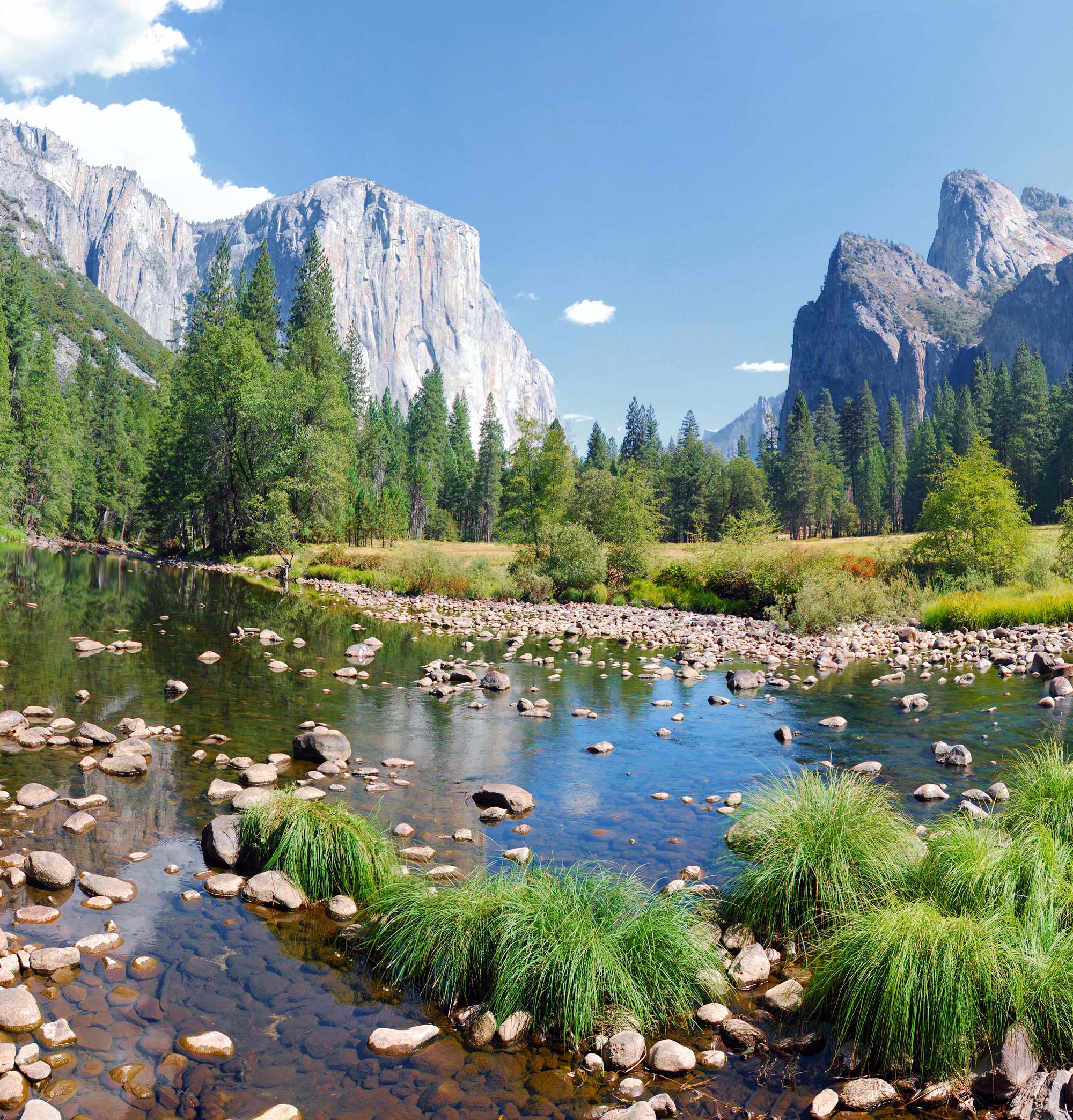
The Merced River winds through Yosemite Valley on its lengthy journey from the mountains to the Pacific Ocean. A software tool developed by Sustainable Conservation and the Earth Genome can help the river's watershed prepare for future climate shifts.
Let’s move slightly north now, and up to a bird’s eye view – from the soil and water droplets on Michael’s farm, to the rush of river through one of our state’s most famous watersheds.
In recent years, many of us have seen the ravages of climate change first-hand. Drought, deluge, wildfires, mudslides: rapidly shifting weather patterns, and the calamities they precipitate, impact how we live, work, and play. No natural or developed landscape is immune to these disruptions. To survive – and thrive – California must adapt.
Consider the Merced River, one of California’s great lifelines. Today, the Merced River courses down from the Sierra, and flows through iconic Yosemite National Park and the San Joaquin Valley’s vital farmland before flowing into the Delta and San Francisco Bay. The miraculous journey begins as snowmelt high in the mountains and ends at the Pacific Ocean, hydrating wildlife habitat, crops, and people along the way.
But what about tomorrow? How will climate change affect this major flow of water and its connections with our wildlands, farming regions, and back yards? Do we have enough land and infrastructure to manage its evolving path without catastrophic consequences?
A software tool developed by Sustainable Conservation and the Earth Genome, in partnership with the Madera and Tulare irrigation districts, can help answer these questions. GRAT™ (short for groundwater recharge assessment tool) guides California water agencies to maximize groundwater recharge in regions suffering the most from depleted aquifers. GRAT subscribers currently service nearly a quarter-million agricultural acres in the San Joaquin Valley, with more users slated to come on board soon.
With your support, Sustainable Conservation can widen the lens and impact of this predictive tool.
Our partnership with the California Department of Water Resources – the state agency responsible for our water supply and flood management – has amplified GRAT’s climate prediction capabilities. By modeling such scenarios for the Merced River and other major waterways, GRAT science can inform smart preparations for California’s water future – one where our communities have access to safe drinking water, our farms continue to feed the nation, and our towns are safe from flooding.

